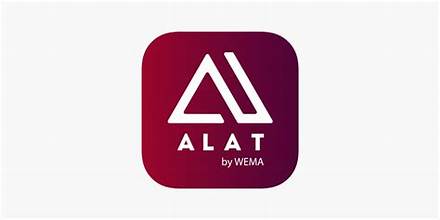How To Speak Concisely And Clearly Using 10 Methods

How To Speak Concisely And Clearly Using 10 Methods – Effective communication is more important than ever. With the rise of remote work, virtual meetings, and social media, people are constantly bombarded with information.
To stand out and make an impact, it’s essential to learn how to speak concisely and clearly. In this article, we’ll explore the key principles and techniques for communicating effectively, with a focus on speaking concisely and clearly.
Read: How to Screenshot on Laptop
How To Speak Concisely And Clearly
1. Define Your Objective
Before you start speaking, it’s important to define your objective. What do you want to achieve? What’s the main point you want to convey? By having a clear objective, you can focus on delivering your message in a concise and clear manner.
2. Know Your Audience
Understanding your audience is crucial when it comes to speaking concisely and clearly. What are their interests, needs, and values? What’s their level of knowledge on the topic? By tailoring your message to your audience, you can ensure that they understand and remember your key points.
3. Use Simple And Direct Language
When speaking, it’s important to use simple and direct language. Avoid jargon, buzzwords, and complex phrases that may confuse your audience. Instead, use clear and concise language that’s easy to understand.
4. Use Concise Sentences
Long, convoluted sentences can be difficult to follow and understand. To speak concisely and clearly, use short and simple sentences that convey a single idea. This will help your audience stay engaged and focused on your message.
5. Eliminate Unnecessary Words
When speaking, it’s easy to add unnecessary words that don’t add value to your message. To speak concisely and clearly, eliminate filler words such as “um,” “ah,” and “you know.” Also, avoid repeating yourself or restating the obvious.
6. Use Visual Aids
Visual aids such as charts, graphs, and images can help you convey complex information in a concise and clear manner. Use visual aids to support your message and help your audience understand your key points.
7. Practice Active Listening
Effective communication is not just about speaking, but also about listening. When speaking, make sure to practice active listening by paying attention to what your audience is saying, asking questions, and clarifying any misunderstandings.
8. Use Body Language
Body language is an important aspect of speaking concisely and clearly. Use eye contact, gestures, and facial expressions to convey your message and engage your audience.
9. Be Prepared
Preparation is key when it comes to speaking concisely and clearly. Before you speak, rehearse your message, anticipate questions, and prepare your visual aids. This will help you stay focused and confident during your presentation.
10. Get Feedback
Finally, it’s important to get feedback on your speaking skills. Ask for constructive criticism from your colleagues, mentors, or a professional coach. Use the feedback to improve your speaking style and become a more effective communicator.
Conclusion
Speaking concisely and clearly is a valuable skill that can help you communicate effectively in any situation. By defining your objective, knowing your audience, using simple and direct language, using concise sentences, eliminating unnecessary words, using visual aids, practicing active listening, using body language, being prepared, and getting feedback, you can become a more confident and effective speaker.
Remember, effective communication is not just about delivering a message, but also about engaging your audience and ensuring that they understand and remember your key points. By following these principles and techniques, you can speak concisely and clearly and make a lasting impact on your audience.
Frequently Asked Questions
1. What is the importance of speaking concisely and clearly?
Speaking concisely and clearly is important for effective communication. It helps you convey your message in a clear and easy-to-understand manner, which can lead to better understanding and engagement from your audience.
2. How can I eliminate unnecessary words when speaking?
To eliminate unnecessary words, avoid filler words such as “um,” “ah,” and “you know.” Also, avoid repeating yourself or restating the obvious. Focus on using short and simple sentences that convey a single idea.
3. How can I use visual aids to support my message?
Use visual aids such as charts, graphs, and images to convey complex information in a concise and clear manner. Use visual aids to support your message and help your audience understand your key points.
4. How can I practice active listening when speaking?
To practice active listening, pay attention to what your audience is saying, ask questions, and clarify any misunderstandings. Also, use body language such as eye contact, gestures, and facial expressions to convey your message and engage your audience.
5. How can I get feedback on my speaking skills?
To get feedback on your speaking skills, ask for constructive criticism from your colleagues, mentors, or a professional coach. Use the feedback to improve your speaking style and become a more effective communicator.






